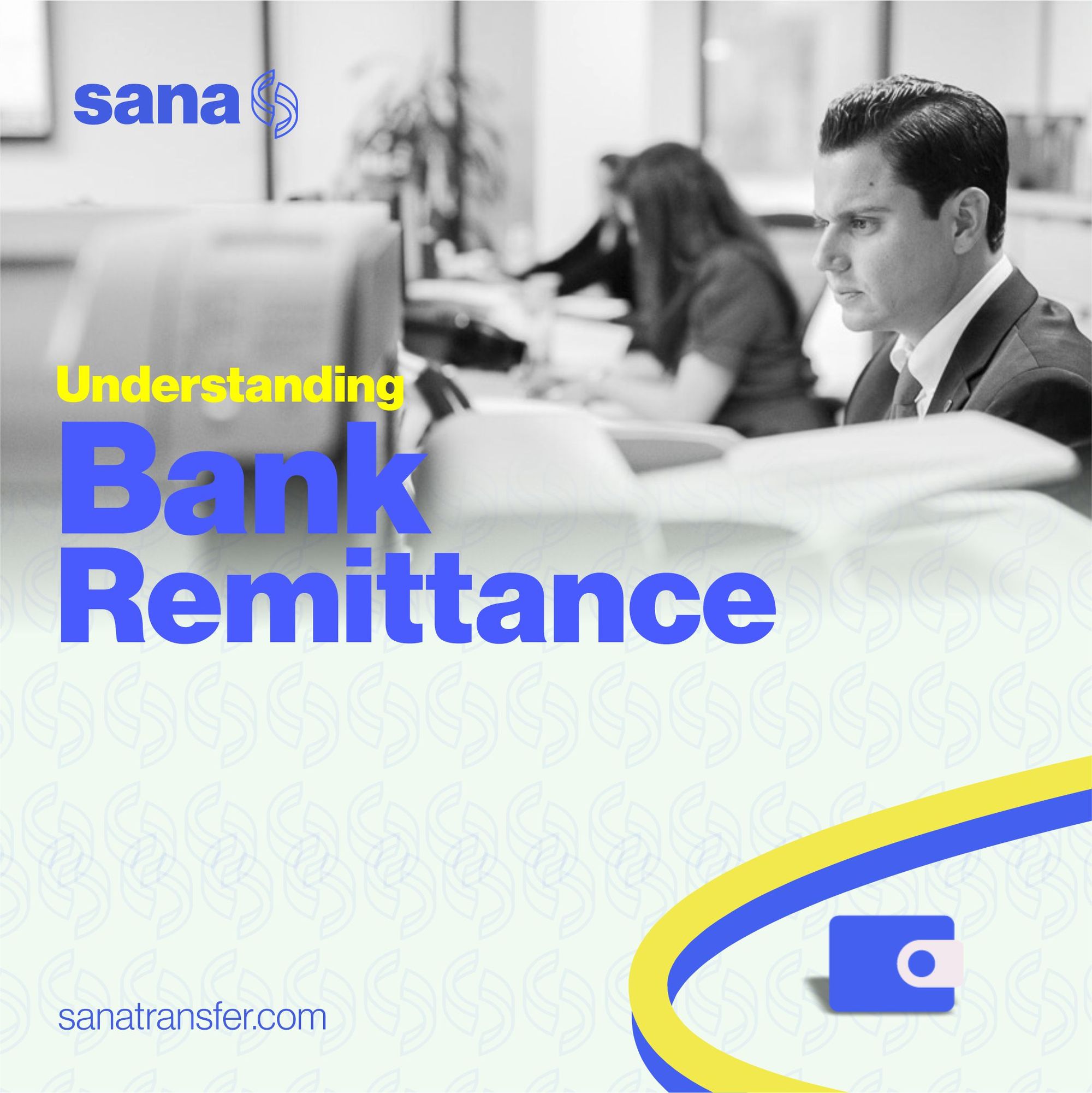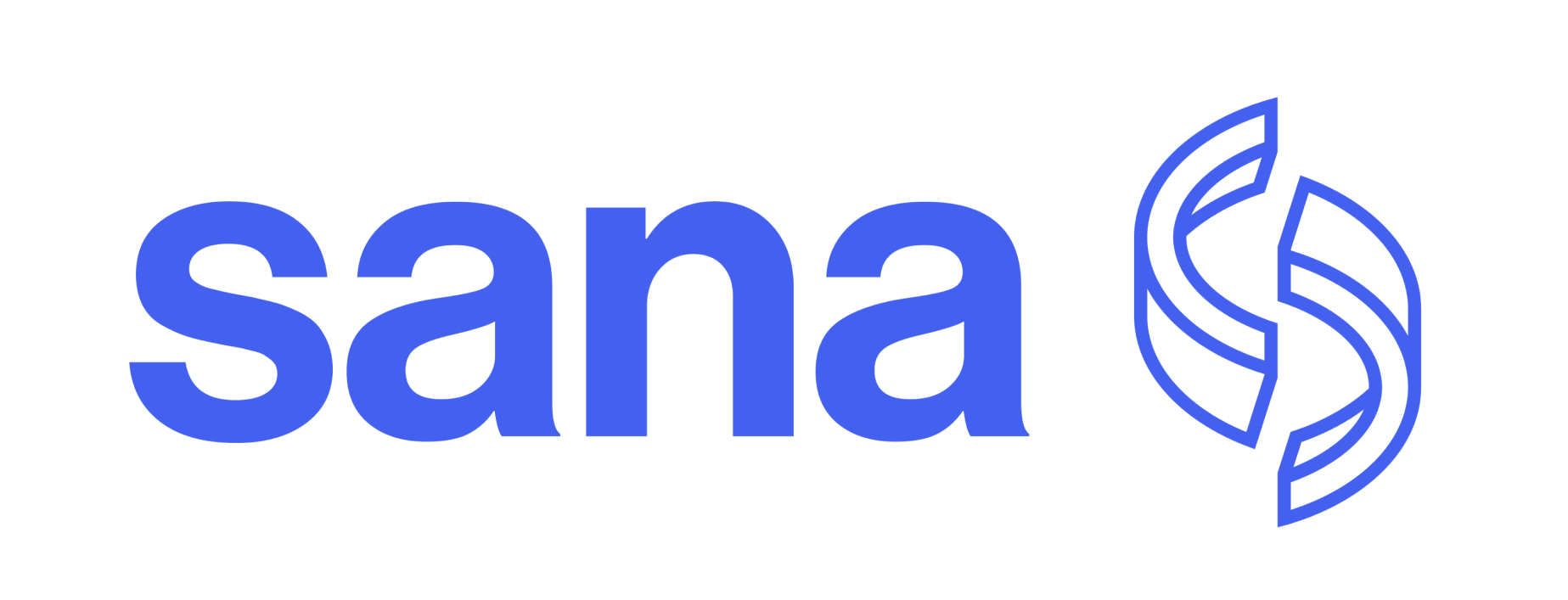What is a Bank Remittance?
Bank remittance involves the sending of money from one person’s account to another account for either payment or personal reasons. Read more...

One of the best ways to send money abroad is via bank remittance. This method, which has become increasingly popular in the past few ways, is one of the fastest and easiest ways to transfer cash internationally. However, the question - what is a bank remittance and how can it really works - remains among the most discussed today. This article highlights all the details you should know about bank remittance.
What is a Bank Remittance?
Bank remittance involves the sending of money from one person’s account to another account for either payment or personal reasons. Generally, these cash transactions are sent internationally and you can quickly execute them without any hassle. It can be via wire transfers, electronic payment, drafts, checks, or mail.
Many people who work and live abroad make use of this method of payment to send cash to their families in their home country. Also, bank remittance payments are used as a transaction method when assisting developing countries. This assistance comprises a major part of the benefitting country’s GDP (Gross Domestic Product).
Often, these remittance payments are one of the biggest sources of income for people who live in developing and low-income countries. It may even exceed both direct investments in the country and international development aid.
How does Bank-to-Bank Remittance Work?
In the past, the process of bank remittance involved the sending of money from the bank account of the individual who executed the payment. The money then gets to the local bank of the receiver. Thereafter, the bank converts the specific amount that the payer sent into their local currency, deducts a transfer charge, and sends the payment to the receiver. This process was quite complex and took several days because everything was done manually. Back then, banks tried to maximize their incomes by charging extra processing fees and foreign currency exchange.
Fortunately, things have gotten easier nowadays, all thanks to technology. You can now shorten the time it takes to send a bank remittance as well as the cost of it. In the technological method of bank remittance, you can execute your remittance transactions via a digital platform with just a few clicks. It is referred to as Digital Remittance. Essentially, this is a very cost-effective way to remit money since technology doesn't charge you too much during the process. Also, the use of technology has made the process less stressful and seamless.
Recommended - How much can you E-Transfer?
How can I use Bank Remittance?
To start this process, you have to first pre-fund your bank account using the currency accepted in your home country. For example, if you want to transfer $200 from Canada to Spain, you have to get a minimum of $500 which should be prepaid in the Canadian bank account.
Once the cash gets to the bank in Spain, the recipient has to reach out to their local branch or the treasury department to get the Euro-to-Canadian exchange rate for that day. The receiver has to then use their bank to easily convert the bank remittance into acceptable local currency.
In most cases, the bank applies a saleable exchange rate, particularly when the cash remitted is more than a thousand dollars. The shortcoming is that these rates are developed to provide maximum income to only the receiving bank, and not the customer.
What is the difference between a Bank Remittance and a Bank Transfer?
A bank transfer is simply when you transfer a particular amount of money from one account to another account. On the other hand, a bank remittance happens when a money transfer is executed between two entirely different accounts. Here are some points that highlight the major differences between bank remittances and bank transfers:
1. A bank transfer is different from a bank remittance because transfers may only involve sending cash from one bank account of the same individual to another.
2. Bank transfer can either be local or international. Bank remittances relate primarily to just international payments.
3. Bank transfers executed internationally can be costly, especially if it is done traditionally, via any intermediary organisations.
What is Inward Remittance?
Any money received in a bank account from families based abroad is called inward remittance. Usually, money obtained through this means is not taxable when it is just for satisfying daily living expenses, travel expenses, education, medical treatment, donations, and gifts. However, if receivers decide to invest this money, any income that the investments generate is taxable.
What is Outward Remittance?
Any money that is sent outside the country is called a foreign outward remittance. One good example of outward remittance is parents transferring money to their kids studying abroad. This process generally involves making an international cash transfer via a traditional bank. Banks deal with most outward remittances, however, we have three reputable money transfer operators that are prominent in the non-bank sector: MoneyGram, Western Union, and Ria.
What is Remittance Advice?
Remittance advice is a document that shows proof that an invoice fed is complete. Generally, customers give this letter to suppliers at the time of payment. Some sellers may even add the remittance advice section to their invoices. This section will be signed by the client and returned to the seller.
It is not compulsory to send this letter while transferring money. However, it enables suppliers to harmonize the amount they received with the necessary invoice and validate their records.
How to send Remittance Advice
While sending advice letters to sellers, customers need to include these details:
- Invoice number
- Payment amount and method
- Payment date and anticipated date of getting the money
- Suppliers’ complete name and address
- Customers’ name and address
There are no regulatory guidelines on how you can send an advice letter. One of the most practical ways people send theirs is via email.
The advice slip can be sent through mail as a letter, which is very common when payments are done with checks. If the supplier has given the advice letter, the customer can choose to fill it out and then return it back to the given address. This is referred to as a Remittance Address.
What are Remittance Payment Methods?
There are numerous ways in which you can pay remittance. Here are some commonly used sending money strategies:
1. Bank accounts
Senders give their routing and their account number details, for the money to be directly debited from the bank accounts they use. This requires conducting some validation process and this can take a few days. It is not a viable option for people who need to remit their money quickly.
2. Wire Transfers
It is a very popular method and cash from the sender’s bank account will be wired instantly to the service provider. The sender has to visit a branch to complete a form, which is cumbersome. Also, the bank will charge specific fees on wire transfers.
3. Cards
Credit card payments are immediate and are very beneficial if you want to remit cash without delay. However, there can be some extra fees that you have to pay for such transfers.
Another option is to make use of debit cards, which also involve a fee (this fee may be lower than the credit card charges). However, the cash must first be available in the sender’s bank account before a debit card payment can work.
4. Cheques
The payment is made through a cheque. Although this method is antiquated, it has some benefits. It provides you with a clear payment route, making it much easier to track your payment if needed.
However, there may be some human errors, which can increase the time because of the re-issuance of a rectified cheque. Also, cheque clearing takes longer time than any other payment method.
5. Automated Clearing House (ACH)
This is an electronic method of doing check payments. The cash will be debited from the sender’s bank account and instantly credited to the recipient’s account. This method is very suitable for frequent payments and needs a one-time setup.
Exciting Read - What is a Remittance Voucher?
Wrapping up
The answer to this question, “what is a bank remittance?”, has been explained in detail in the paragraphs above. Essentially, this payment method has become widely accepted due to its ease and speed. Remember, ensure you perform currency research before you send out any international wire transfer. You have to verify if your bank can send money in your recipient’s local currency first. This is particularly crucial if you are transferring funds to any developing country.
Join 500+ users across Canada in sending money back to family and loved ones using the SanaTransfer app. Sign up now to get started.
